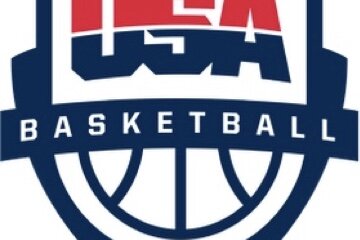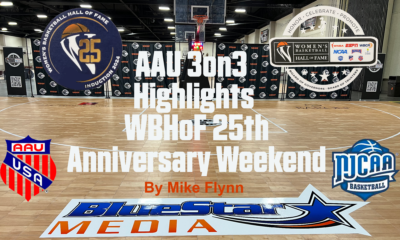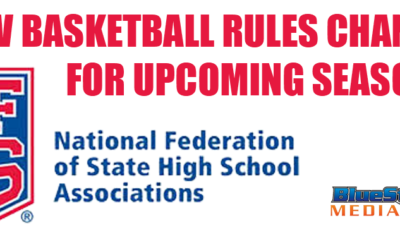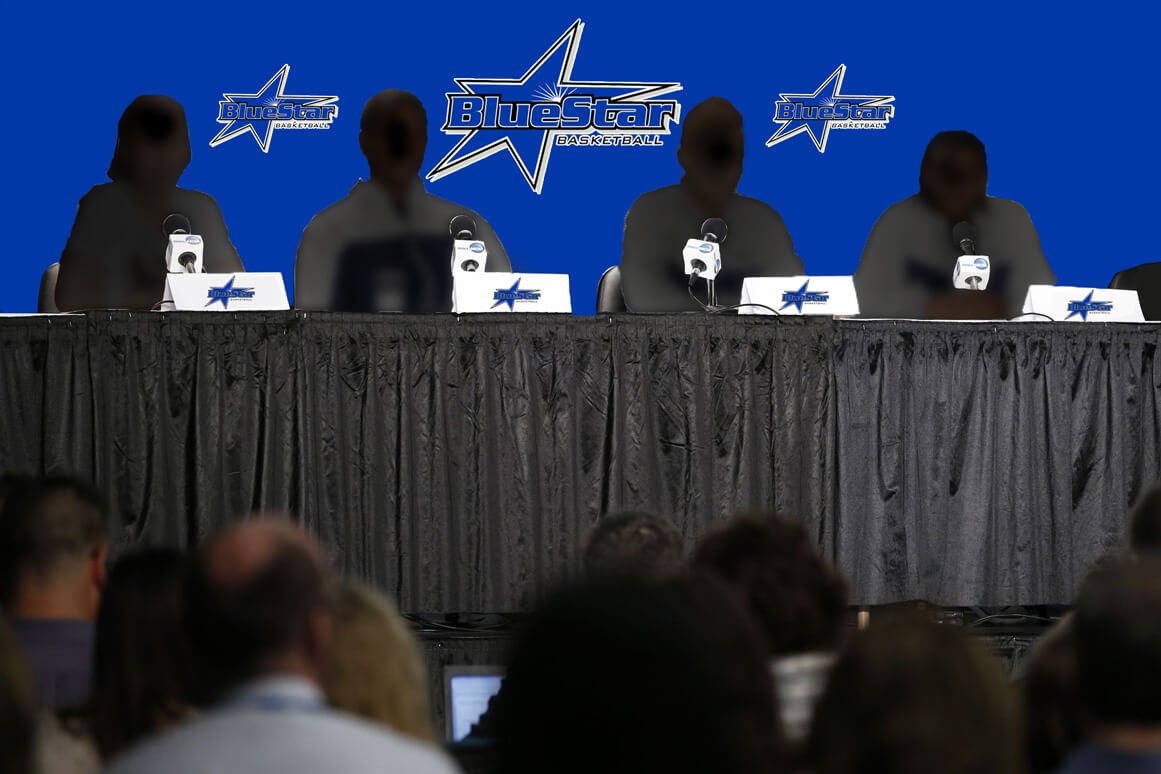TAMPA — After listening to familiar, hum-drum “next steps” offered at the NCAA Women’s Final Four Summit on Monday, I kept going back to what I heard earlier in the day from Debbie Antonelli.
“We ought to have the Sweet 16 in Las Vegas.”
Did I hear that right?
That Las Vegas?
Antonelli was dead serious as she related the details of her proposal at Friday’s WBCA Marketing Symposium, and that she has been sputtering off to anybody who would listen for a few years now.
Eight games in Sin City, with 16 teams battling for a berth in the Final Four, and just as importantly this: Drawing in a slice of an 18-35 male demographic with wagering and the interest and conversation around point spreads, and attracting fans with the endless buffet that Las Vegas has to offer.
“We need to do some dramatic things to promote the game,” Antonelli told me before I headed to the summit.
Either she should have been there or I should have begged off going to the thing, because most of the “stakeholders” didn’t offer much more in the way of actionable ideas than last year’s all-day event in Nashville.
Antonelli is best known as a television analyst and former player at N.C. State. But her passion for the game includes several years as an athletic marketer at Kentucky and Ohio State. 
She isn’t afraid to tell you that she’s “been way down the line” on embracing fresh ideas and novel approaches to growing the game for years.
More than any other topic, she has fretted openly about the lack of offense in the game, and wants to see coaches rewarded for that, instead of things like APR scores. The truth is, few teams can match the proficiency demonstrated by UConn and Notre Dame, who not surprisingly are competing for the NCAA championship for the second year in a row.
Her worries, shared by many, extend into the loss of young women taking up the game, with volleyball as a popular option for girls who might otherwise play basketball.
Making the game more interesting for a broader fan base, especially the avid male sports fan, has been even more troublesome.
Two years after the 2013 Ackerman white paper, we still have the same stakeholders saying the same things. Including Val Ackerman herself.
“This is a sport that’s second to none,” she said at the summit. “But why should we be satisfied?”
Well, the problem is there are still too many people and institutions in the sport who are too satisfied, or at least very risk-averse. There is an inertia bordering on paralysis that still prevails at a critical time for the sport.
The changes stemming from the white paper haven’t been entirely uneventful — moving first- and second-round NCAA tournament games back to the campuses of the Top 16 seeds, and reverting back to a Friday-Sunday Final Four format in 2017.
But instead of going back to things that have been done before, Antonelli wonders why more serious steps aren’t being taken to move forward, even into uncharted space. Not wantonly, and not just to get attention, but to try to broaden the fan base in a significant, meaningful way.
For the sport to be talked about in a mainstream way, like women’s hoops has been since Geno Auriemma went off on the state of the men’s game.
ESPN publicist Josh Krulewitz, who just flew in here from Indianapolis, told me as I was writing this that the women’s tournament was talked about a lot at the site of the men’s Final Four, more than he can recall in recent years, simply because of what Geno had to say.
The NCAA has a policy against having tournament games in states with legalized betting. Yet Las Vegas has seven conference basketball tournaments, including the Pac 12 men, while the AAC women’s tourney is at the Mohegan Sun casino in Connecticut.
Antonelli worked with former Arizona athletics director Jim Livengood, now the head of Las Vegas Events, to put together a formal proposal that she delivered with her usual passion at the WBCA marketing session.
She told me a lot of coaches told her they liked the idea, but it’s not up to them.
Then again, a lot of coaches complained to the WBCA they detested last year’s regionals played on home floors. This year, the attendance drop was significant, nearly 3,000, with an average of around 5,500 for the Sweet 16 games.
What did we hear at the summit about this? The regionals will continue on neutral sites, for now, just not the neutral site Antonelli has in mind, the one that might make the average male sports fan pay a little more notice.
College baseball has Omaha. College softball has Oklahoma City. Livengood told The Washington Post it’s only a matter of time before a limiting bylaw is lifted and Las Vegas will become the hub for official NCAA events.
So why can’t women’s hoops have The Strip?
Whether what Antonelli has in mind ever materializes — and she’s not optimistic — what she wants to see is some more daring possibilities to showcase the women’s game, ideas that aren’t being contemplated, even two years now after the Ackerman report.
The time for small, incremental thinking needs to come to an end.
Wendy Parker is a sportswriter and web editor who has covered women's basketball since the early 1990s. She is a correspondent for Basketball Times and formerly covered women's and college sports, soccer and the Olympics at The Atlanta Journal-Constitution. She is the author of "Beyond Title IX: The Cultural Laments of Women's Sports," available on Amazon, and the creator of Sports Biblio, a blog about sports books and history.

Latest Articles
-


Christopher Lawlor
/ 7 hours agoTwenty-Six Athletes Expected to Participate in USA Basketball Women’s U18 National Team Trials that begin on May 15
COLORADO SPRINGS, Colo. — USA Basketball announced 26 athletes expected to participate in the...
-


Basketball
/ 3 days agoAAU 3on3 Highlights WBHoF 25th Anniversary Weekend
KNOXVILLE – The 25th anniversary weekend celebration of the Women’s Basketball Hall of Fame...
By Mike Flynn -


Christopher Lawlor
/ 7 days agoGONE PRO: Blue Star Media Elite 25 football rankings’ regulars Bishop Gorman (NV) and IMG Academy (FL) lead 2024 NFL Draft with three selections apiece
BENSALEM, Pa. – One of the greatest three day stretches annually in professional sports...
-


Basketball
/ 1 week agoREVISIONS: National Federation of State High School Associations announce rule changes for upcoming season; flopping will incur a technical foul
BENSALEM, Pa. – Floppers, beware, you will be warned once before being issued a...



